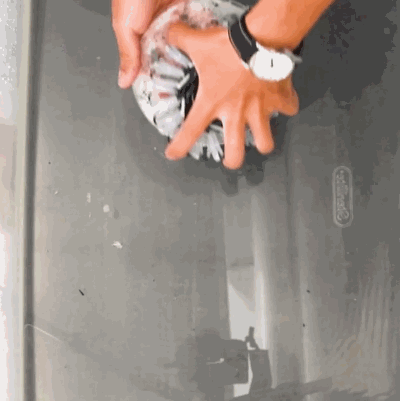Mario creator Miyamoto counters cloud gaming hype (but don’t count Nintendo out)
Cloud gaming — however a company chooses to define that — is shaping up to be a big part of the next generation of consoles and other platforms. But Mario creator and Nintendo veteran Shigeru Miyamoto […]
Mario creator Miyamoto counters cloud gaming hype (but don’t count Nintendo out) Continue »







